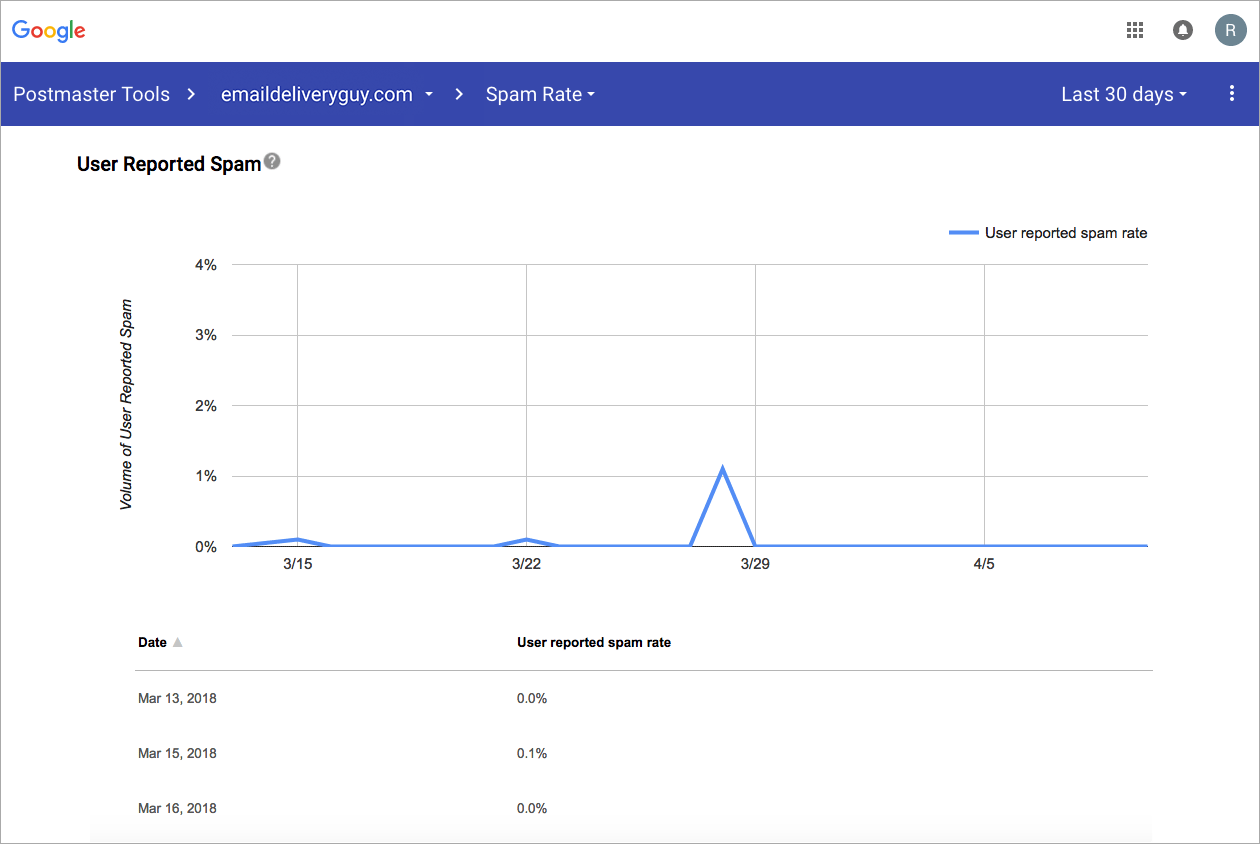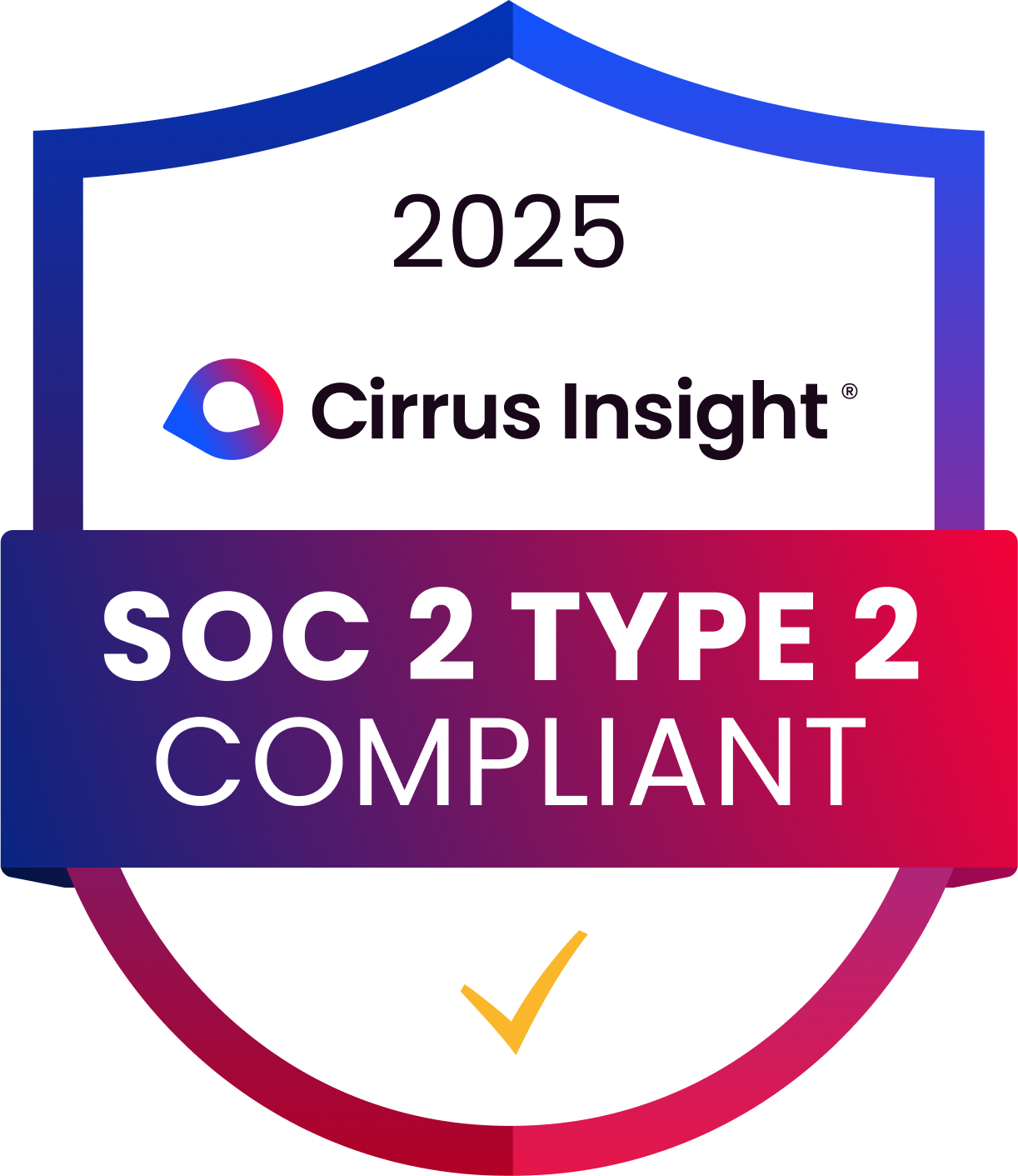- Solutions
-
Products
-
Resources
Sales Automation Tools | Cirrus Insight by Kristi Campbell View all Blog Posts >Get the App, Get the Sidebar, & Get Your Trial Going HereUnleash limitless growth opportunities by partnering with Cirrus Insight.
- Pricing
Navigating Email Engagement in 2024: Combating Spam Controls
Email remains a vital channel for customer engagement with over 4 billion daily users, according to HubSpot. However, evolving spam controls and privacy regulations have complicated the email tracking game. During our recent Cirrus Insight Customer Fireside Chat, our panel of experts discussed these changes and shared insights on how businesses can adapt to maintain email deliverability and engagement.
Why Spam Controls Matter for Your Email Engagement Strategy
In recent years, mailbox providers like Google, Microsoft, and Yahoo have tightened their spam filters. With 74% of professionals marking email as their most used channel, learning how to control spam is extremely important. These changes, aimed at better-protecting users, have introduced new challenges for marketers who rely on email tracking tools such as pixel tracking. Specifically, Google has added new protections that make pixel tracking more difficult.
But exactly what is pixel tracking?
What is Pixel Tracking?
Pixel tracking uses a tiny, invisible 1x1 graphic embedded in an email. When the email is opened, the pixel loads from its server, allowing marketers to record the open action as a signal of engagement. This method has long been a standard for assessing open rates and determining the effectiveness of email campaigns.
However, the growing emphasis on privacy and security has led to some new challenges around how pixel tracking works.
![]()
Source
How Does Pixel Tracking Work?
When the recipient opens an email, the tiny pixel image is automatically retrieved from the sender's server, which then logs the request. This logging process includes valuable information, such as the time the email was opened and the recipient's location (based on their IP address). While pixel tracking provides detailed insights into recipient behavior, modern email platforms and privacy features, as mentioned above, have made it harder to rely on these metrics, as they can now block or anonymize data from tracking pixels.
The Impact of Spam Controls on Pixel Tracking
Email providers are primarily focused on reducing spam, but pixel tracking is sometimes caught in the crossfire. Providers may flag emails containing tracking pixels, images, or other elements as suspicious, which can negatively impact email sender reputation.
If your email sender reputation suffers, your emails are more likely to land in spam folders, reducing the likelihood that they’ll be seen at all. Over time, this can create a downward spiral that’s hard to recover from, especially for businesses relying on email campaigns for lead generation. Not to mention, leveraging customer behavioral insights is crucial for many organizations.
To combat this, it’s essential to take proactive steps to monitor and maintain your email sender reputation.
Steps to Optimize Your Email Deliverability
Maintaining high deliverability requires a comprehensive approach. Here are key actions to take:
- Check Email Domain Reputation: Use tools like Google Postmaster to check the health of your email sending domain. Regular monitoring will alert you to any domain reputation issues early on.
- Test Your Campaigns: Before large-scale distribution, using tools like Email Blast, send test emails to ensure there are no flags or warnings.
- Review Engagement Metrics: Monitor engagement trends, looking for any signs of declining open rates, click-through rates, or other buyer signals.
- Improve Targeting and Personalization: Simplify and personalize content to ensure it resonates with your audience. Avoid common spam triggers like excessive use of images or language that overly sales heavy, such as “Act Now” or “Discount.”
- Monitor and Adapt: Email marketing is an evolving space, and it’s crucial to keep an eye on changes in spam filter rules and adjust your strategy accordingly.
Cirrus Insight’s Perspective and Initiatives
At Cirrus Insight, we’ve been taking steps to help our customers navigate these changes. Our initiatives include:
- Decoupling Pixel and Link Tracking: This helps reduce reliance on pixel tracking for email engagement metrics.
- Personalization Automation: Our investments in automation solutions like Meeting AI allow for more effective targeting, using data-driven personalization to maximize customer engagement.
Additionally, we’re actively reaching out to customers who may be impacted by these changes to gather feedback and inform our product roadmap.
The Future of Email Engagement: Embrace Personalization and AI
While email marketing faces challenges from spam filters, it continues to offer high ROI and universal reach. Moving forward, the key to success lies in greater personalization and the strategic use of AI to optimize interactions. By making your emails more relevant and engaging, you’ll increase the likelihood that they’ll reach your intended audience.
Final Takeaways
- Email deliverability is constantly evolving, and maintaining your domain reputation is critical to success.
- Be mindful of how pixel tracking works and explore alternative metrics, such as link tracking or reply tracking.
- Cirrus Insight is committed to helping businesses adapt to these changes with innovative tools that ensure email marketing remains a powerful channel for customer engagement.
If you’d like to learn more or have any questions, don’t hesitate to reach out to our product team.

.png?width=1268&height=1772&name=Sidebar-C%20(1).png)




